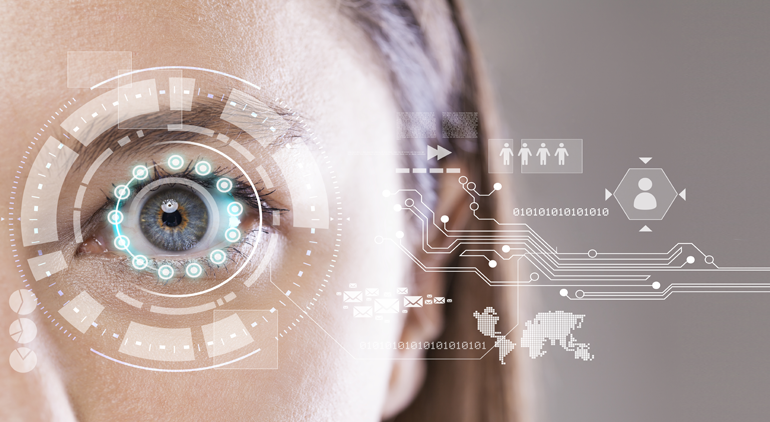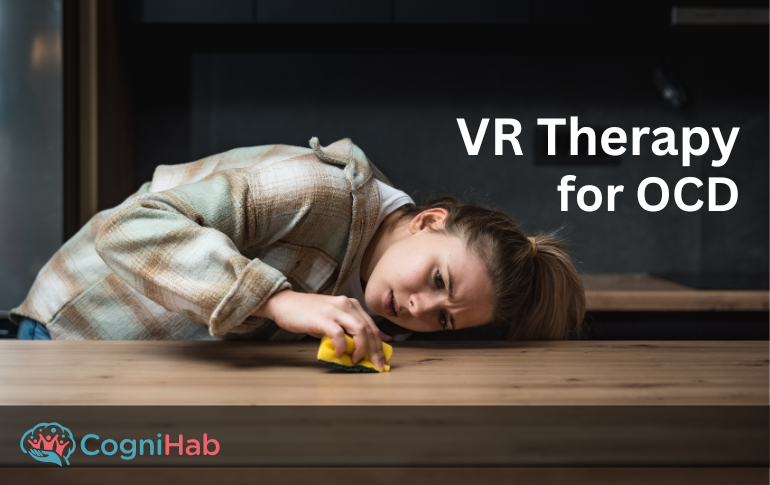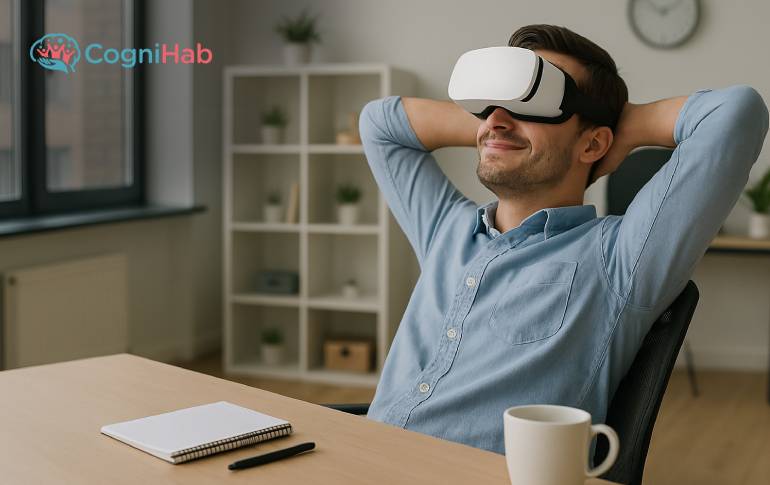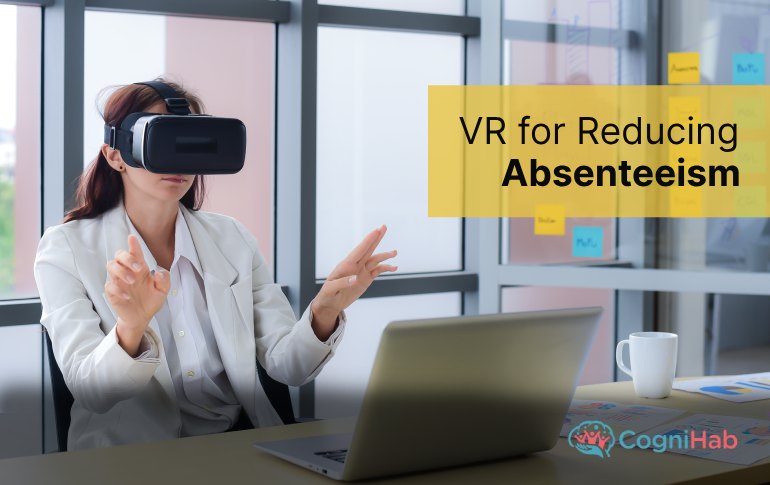Virtual Reality Technology in Ophthalmology: Uses and Benefits
“Where words are restrained, the eyes often talk a great deal.” – Samuel Richardson
The eyes are one of the five senses that make our life easier. There is no doubt that without eyes we might have been roaming into a black hole forever, without any hope. An Ophthalmologist helps us to see beautiful things around us.
Since Covid-19 hit the globe badly, the world is shrinking to electronic devices that result in eye-related diseases. Not only adults but children are also forced to use online classes due to safety issues. However, the eye problem is not new to the world.
- As per the research done by Acumen Research and Consulting – Global Ophthalmology Market is speculated to raise over USD 64.3 billion by 2027 at a CAGR of 3.8% from 2020-2027.
- While Global Ophthalmic Devices Market Size can reach up to USD 66.71 billion, at a CAGR of 4.2% by the year 2027.
But the approach to the problem is undeniably new and highly advanced. We are discussing VR (Virtual Technology), a new boon for the healthcare market.
VR Technology in Health care Market
VR in healthcare is not new in the market, but in recent years it seems the boom. Previously, VR was more focused on Games, but with time people realise its potential.
With the help of VR, the Medical sector is exploring a new world of opportunities. VR is already achieving milestones in treating mental disorders such as phobia, and anxiety reduction.
- The augmented and virtual reality market in the healthcare sector was evaluated at USD 769.2 Million in 2017. It is speculated to raise USD 4,997.9 Million in the year 2023 at a CAGR of 36.6%.
How VR Technology can be used in Ophthalmology
VR headsets are very convenient to use due to their small size. Previously, many things are hard to perform in the medical field, VR is made like a catwalk.
But in ophthalmology, the use of VR started almost 30yrs back, as Ophthalmic Retrobulbar Injection Simulator (ORIS). That was a training program. But there are many uses
Let’s check out some special attributes of VR (Virtual Reality):
1. Clinical Applications
Several diseases require home monitoring; a few of them are glaucoma or amblyopia. With the help of a home test, clinicians can inform a treatment team and schedule treatment or follow-ups accordingly.
This is very much required when the disease is of progressive nature. There are a variety of VR interfaces that are compatible with mobile phones. That allows taking a close look at home-based visual tests.
Also read: Why Virtual Reality Vision Therapy is Effective
2. Surgical Application
Virtual reality has the USP to create an artificial environment with the help of 360-degree images. It can project a surreal picture about the operation room. Some organizations developed optical coherence tomography (OCT). These images help the surgeon to have a close look at planning the procedure. It is more helpful for critical and complex cases.
3. Training Application
There are certain virtual reality training devices, that are used during medical training programs. This method of training is more effective than conventional training programs. It also helps to enhance the confidence of the students. Many countries are introducing AR VR into medical training, therefore they can prepare more skilled doctors and ophthalmologists.
Benefits of VR in ophthalmology Treatment
Virtual reality therapy and applications are designed in such a way, they are far better than the conventional method. Although, it cannot replace the conventional method completely, but provide some unique features and benefits.
- These therapies can be designed as per the need of the patient.
- With VR headsets, therapy becomes portable and easy to use.
- VR increases the engagement of the patient which shows a better result than the conventional method.
- It helps to educate the patient about their disease and prepare them for complex procedures.
- It has pain management capacity; therefore it reduces the use of drugs and related complications.
Related post: Overcoming Convergence Insufficiency Using VR
Conclusion
- Approx. 2 million people face the problem of vision impairment.
- As per the World Health Organization (WHO), more than 2.2 billion people have vision impairment.
Technology is changing every day, and that is affecting our lives, as well as things around us. There is no space for doubt that VR is the future of ophthalmology. VR is not only helpful in vision therapy but also takes a lead in medical training programs.
At Cognihab, we understand the importance of healthy eyes and eyesight. We offer VR-suite with vision therapy games and exercises which is an innovative solution for vision impairment.







